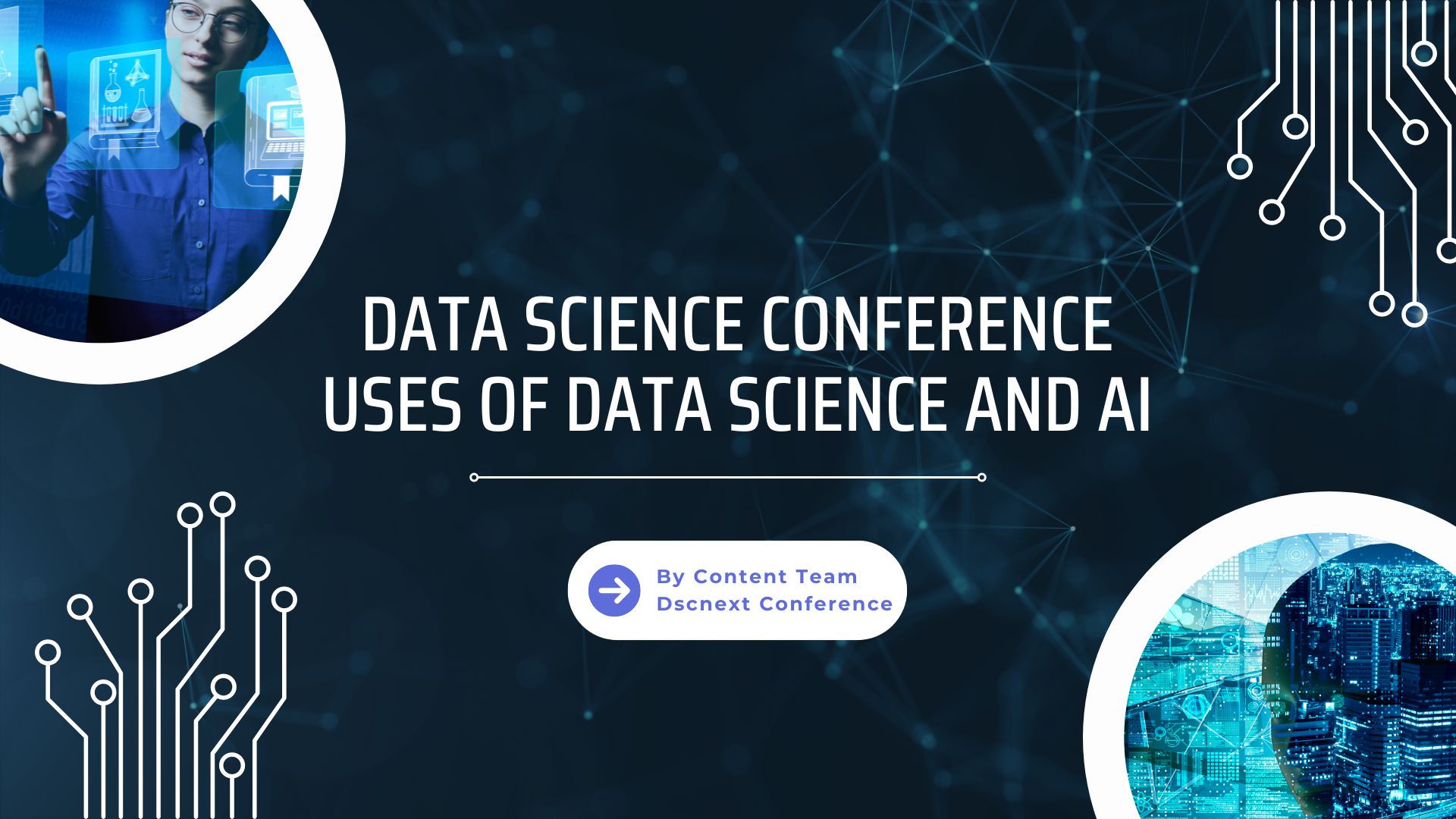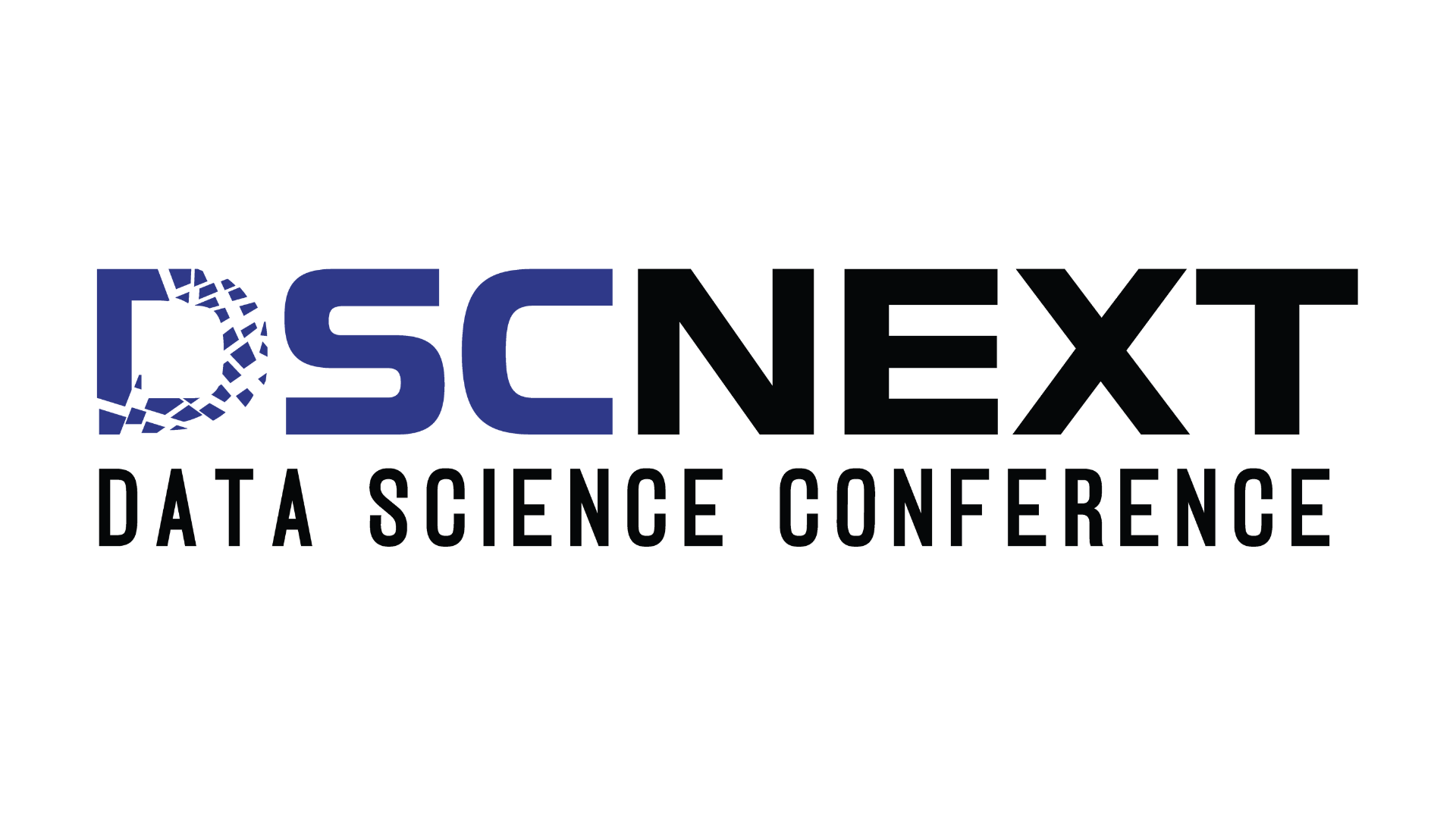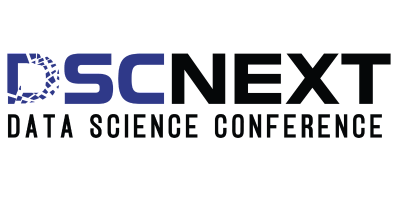
In today’s interconnected world, the synergy between data science and artificial intelligence (AI) is catalyzing a profound shift across industries and society. Data science, with its focus on extracting actionable insights from vast and varied datasets, provides the foundation for understanding complex phenomena and making data-driven decisions. It leverages statistical analysis, data mining, and visualization techniques to interpret data, uncover trends, and guide strategic actions.
AI, on the other hand, amplifies the capabilities of data science by enabling machines to perform tasks that typically require human intelligence. Through machine learning, natural language processing, and neural networks, AI systems can analyze data, recognize patterns, and make predictions with remarkable accuracy.
This dynamic combination of data science and AI is revolutionizing sectors such as healthcare, where predictive analytics enhance patient care and treatment plans, and finance, where algorithms optimize trading strategies and detect fraud.
In retail, AI-driven recommendation engines personalize shopping experiences, while in transportation, data science and AI improve route planning and autonomous vehicle technologies. Beyond these applications, the integration of these fields is fostering advancements in smart cities, agriculture, and education, driving efficiency and innovation on a global scale.
As we harness the potential of data science and AI, it is crucial to navigate the associated challenges, including data privacy, ethical considerations, and algorithmic bias. By understanding and addressing these aspects, we can leverage these technologies to create solutions that are not only innovative but also responsible and equitable.
How data science and AI are connected to machine learning
Machine learning models are at the forefront of innovation, revolutionizing how businesses and industries leverage data to make informed decisions and predictions. These models are designed to analyze data, learn from it, and make predictions or decisions without being explicitly programmed. Let’s delve into some key machine learning models and their applications.
One prominent type of machine learning model is the *Linear Regression* model. It is used to establish relationships between dependent and independent variables by fitting a straight line to the data points. Linear regression is widely applied in predicting trends, sales forecasts, and economic analyses.
*Decision Trees* are another essential model in machine learning. They work by splitting the data into branches based on features, creating a tree-like structure to make decisions. Decision trees are utilized in classification and regression problems, such as customer segmentation and risk assessment.
*Support Vector Machines (SVM)* are powerful models for classification and regression tasks. SVM aims to find the optimal hyperplane that best separates data points into different classes. This model is commonly used in image recognition, text categorization, and bioinformatics.
*Neural Networks* are complex models inspired by the human brain’s structure. They consist of interconnected nodes arranged in layers that process information. Neural networks excel in tasks like image and speech recognition, natural language processing, and autonomous driving.
*Random Forest* is an ensemble learning technique that combines multiple decision trees to improve prediction accuracy. Each tree in the forest provides a vote for the final prediction. Random Forest is adept at handling large datasets and is utilized in healthcare, finance, and marketing.
*K-Nearest Neighbors (KNN)* is a simple yet effective algorithm that classifies data points based on their similarity to neighboring points. KNN is used in recommendation systems, anomaly detection, and pattern recognition.
Data Science and Machine Learning: Data science involves preparing and analyzing data, which is crucial for machine learning. Data scientists use machine learning techniques to build models that can make predictions or classify information based on the data they analyze. For instance, if a data scientist wants to predict customer behavior, they might use machine learning algorithms to build a model based on historical data
.
AI and Machine Learning: Machine learning is a key tool used to achieve AI goals. While AI aims to create systems with human-like capabilities, machine learning provides the methods to teach these systems. For example, if an AI system needs to recognize faces in photos, machine learning algorithms can be trained on a large dataset of images to improve the system’s ability to identify faces accurately.
Data Science and AI: Data science helps to provide the data needed for AI systems to function effectively. Good data analysis is essential for training AI models and making sure they work well. Essentially, data science helps in understanding the data that AI systems use to learn and make decisions.
Example of machine learning
Linear regression
Linear regression is a fundamental concept in statistics and machine learning that allows us to understand the relationship between two variables: the independent variable (X) and the dependent variable (Y). In simple terms, linear regression helps us predict the value of Y based on the value of X.
When we talk about linear regression, we often refer to the equation of a straight line: Y = mX + b. Here, ‘m’ represents the slope of the line, which indicates the rate at which Y changes concerning X, and ‘b’ is the intercept, which is the value of Y when X is 0.
In the context of a blog post, it’s essential to highlight the practical applications of linear regression. Businesses often use linear regression to analyze trends, make forecasts, and understand the impact of different factors on their outcomes. For example, a company might use linear regression to predict sales based on advertising spending.
Moreover, it’s crucial to discuss the assumptions of linear regression, such as linearity, independence, homoscedasticity, and normality of residuals. These assumptions ensure the validity of the model and the accuracy of the predictions.
.
How is uses of Data science and Ai are connected?
Data science and AI are closely connected to data mining as they enhance the process of discovering patterns and insights from large datasets. Data mining involves extracting useful information from data, while data science applies statistical and computational methods to analyze and interpret these findings. AI techniques, such as machine learning, can automate and improve data mining by identifying complex patterns and trends. Together, they enable more efficient and accurate extraction of valuable insights from vast amounts of data. Essentially, data science and AI make data mining more powerful and precise.
Data mining
Data mining is a fascinating field that involves extracting valuable insights and patterns from large datasets. It allows us to uncover hidden information, trends, and relationships that can drive decision-making and innovation across various industries.
One of the key techniques in data mining is clustering, which groups similar data points together based on certain characteristics. This helps in identifying patterns and structures within the data that might not be apparent at first glance. Clustering is widely used in customer segmentation, anomaly detection, and pattern recognition.
Another essential method in data mining is classification, where algorithms are trained to categorize data into predefined classes or labels. This is commonly used in spam detection, sentiment analysis, and medical diagnosis, among many other applications.
Association rule mining is another powerful technique that uncovers interesting relationships between variables in large datasets. Supermarkets, for instance, use association rule mining to understand purchasing patterns and optimize product placements.
Moreover, data mining plays a crucial role in predictive analytics by building models that forecast future trends and outcomes based on historical data. This is invaluable in areas like financial forecasting, risk management, and demand prediction.
Linear regression
Linear regression is a fundamental concept in statistics and machine learning that allows us to understand the relationship between two variables: the independent variable (X) and the dependent variable (Y). In simple terms, linear regression helps us predict the value of Y based on the value of X.
When we talk about linear regression, we often refer to the equation of a straight line: Y = mX + b. Here, ‘m’ represents the slope of the line, which indicates the rate at which Y changes concerning X, and ‘b’ is the intercept, which is the value of Y when X is 0.
In the context of a blog post, it’s essential to highlight the practical applications of linear regression. Businesses often use linear regression to analyze trends, make forecasts, and understand the impact of different factors on their outcomes. For example, a company might use linear regression to predict sales based on advertising spending.
Moreover, it’s crucial to discuss the assumptions of linear regression, such as linearity, independence, homoscedasticity, and normality of residuals. These assumptions ensure the validity of the model and the accuracy of the predictions.
Business intelligence
Data science and AI enhance business intelligence by integrating advanced analytics and automation into BI processes. Data science prepares and analyzes data to uncover deeper insights, which BI tools then visualize. AI automates data handling and enriches BI with predictive models and natural language queries. Together, they provide more comprehensive and actionable insights for decision-making. Essentially, data science and AI transform raw data into valuable intelligence that BI systems can effectively present.
Business intelligence (BI) is a transformative approach that empowers organizations to harness their data effectively for strategic decision-making. It involves the use of tools, technologies, and processes to analyze and visualize data, providing valuable insights that drive business growth and efficiency.
One of the key components of business intelligence is data visualization. By presenting complex data in an easy-to-understand visual format like charts, graphs, and dashboards, BI enables stakeholders to grasp insights quickly and make informed decisions based on data-driven evidence.
BI tools also facilitate data integration by combining information from various sources into a single, coherent view. This integration helps businesses gain a comprehensive understanding of their operations, customers, and market trends, leading to improved performance and competitiveness.
Furthermore, business intelligence enables predictive analytics, allowing organizations to forecast future trends, identify potential risks, and seize opportunities proactively. By leveraging historical data and advanced analytics techniques, businesses can anticipate market shifts and optimize their strategies accordingly.
Moreover, BI fosters a culture of data-driven decision-making within organizations. By promoting a systematic approach to analyzing data and deriving insights, BI empowers teams at all levels to base their actions on evidence rather than intuition, ultimately driving better outcomes and sustainable growth.
In conclusion, business intelligence is a powerful tool that equips businesses with the capabilities to transform raw data into actionable insights. By embracing BI practices and technologies, organizations can enhance their agility, competitiveness, and overall performance in today’s data-driven business landscape.
In conclusion, machine learning models and data mining techniques have revolutionized our approach to analyzing and interpreting vast datasets. Linear regression, a cornerstone of statistical modeling, remains a powerful tool for uncovering relationships between variables and making predictions. As these technologies continue to advance, their integration will enhance our ability to derive actionable insights and drive informed decision-making. Embracing these methods will be crucial for leveraging data effectively in an increasingly data-driven world.
About Data Science Conference
The Data Science Conference is a fantastic event where you can dive into the latest data trends and mingle with experts in the field. It’s a prime opportunity to expand your data knowledge and connect with like-minded individuals. The conference will take place in Amsterdam on May 7-9, 2025, and will feature a series of insightful sessions, panel discussions, and networking opportunities. Participants will explore latest trends, challenges, and opportunities such as AL & Machine Learning, Data Science & Technology, Generative AI and ChatGPT, NLP & LLMs.
Join us at the upcoming Data Science Conference where industry experts will share insights on the latest trends and innovations in the world of data science. Don’t miss out on this incredible opportunity to expand your knowledge and network with fellow data enthusiasts.


